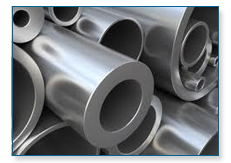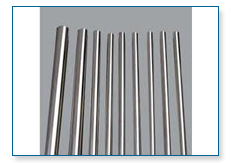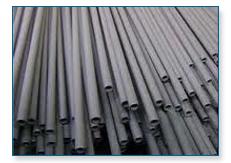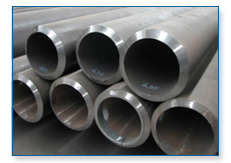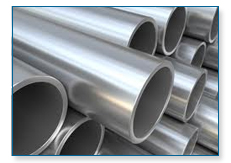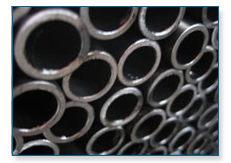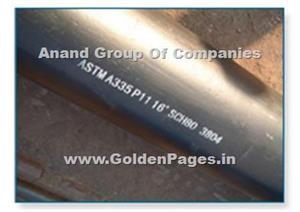ANAND GROUP OF COMPANIES
Featured Products
Highest quality standards are achieved through the implementations of latest technology, decades of experience and everlasting moral values , which have helped us to retain our customers as well as multiply them.
Welcome to ANAND GROUP OF COMPANIES
Copper Pipe Fittings
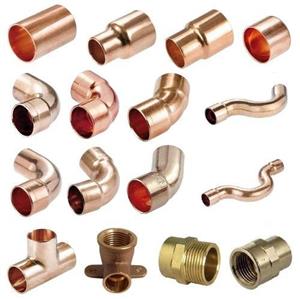
Why Copper Pipe Fittings are Used?
Copper pipe fittings are extremely resistant to corrosion, and hence are mostly preferred for household water supply pipelines and other plumbing operations.
Types of Copper Used:
The pipe fittings also vary depending on the type of pipe used. Copper pipes and fittings are usually made of two basic types of copper:
Soft copper: Tubes or pipes made of soft or ductile copper can be easily bent to travel around obstacles in the path of the tubing. Soft copper tubing is the only type, which is suitable for flare connections. Soft copper mostly preferred for refrigerant lines in split-system air conditioners and heat pumps.
Rigid copper: Rigid copper is widely popular for water pipelines. Rigid copper pipes are connected using compression or sweat connection. As the name suggests, rigid copper cannot be bent and must use elbow fittings to go around corners or avoid obstacles.
Copper pipes are usually joined using flare connection, compression connection and sweat or solder connection.
Copper Pipe Fittings
1. Elbows - Used to change the direction of the pipe and have a close radius to fit in the tightest possible space. The most commonly used elbows are 90 and 45 radius elbow. Many other varieties are available for specific requirements.
2. U Bends - Used to accommodate the return flow of the coolant and provides a 180 turn in a much smaller space. We manufacture both expanded as well as plain u-bends for condensers and evaporators.
3. Couplings - Used to connect two identical size tubes together. The coupling used to connect two pipes of different diameter is called a reducing coupling.
4. Tee - Tee is a fitting in the shape of a 'T' where the top of it is the continuous pipe run and the vertical section is a branch connected to it. This shape of fittings offers the most varieties than any other type.
Connecting Tee are of two types:
It may be a reducing Tee when one end of the section is of smaller diameter that means unlike a standard Tee the reducing Tee do not have equally sized parts.
It may be a cross Tee when it is used to connect four tubes or a threaded Tee when the vertical section of it has female threads.
Our Vision
* To embrace new technologies and methods. * To give unsurpassed products and services to the clients. * To constantly look for improvement and changes.



